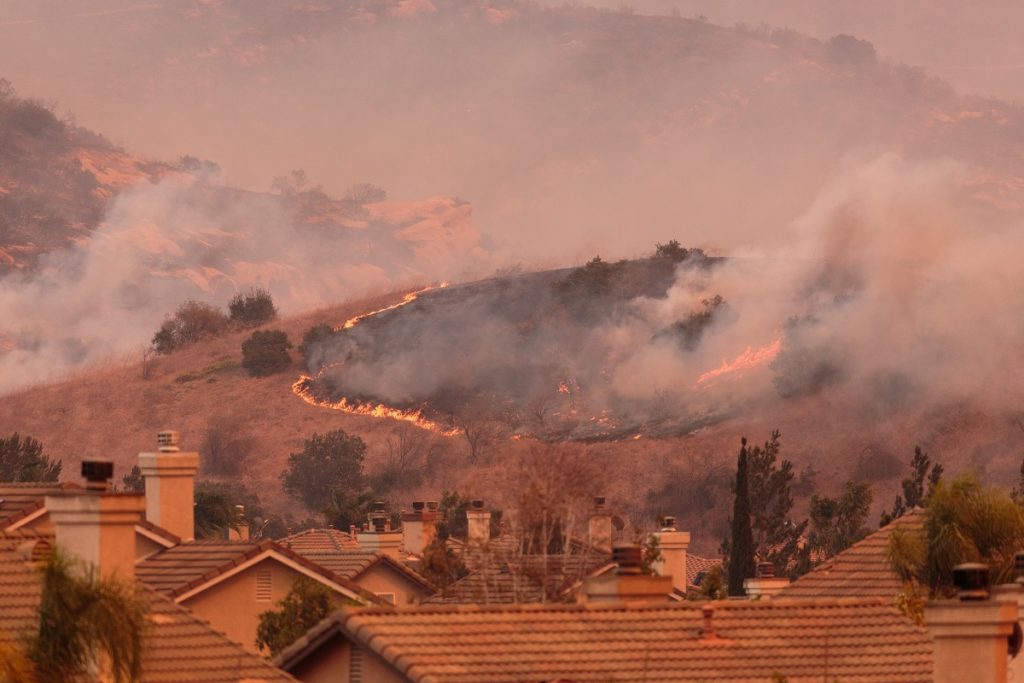The Insurance Institute for Business and Home Safety estimates that about 4.5 million homes in the U.S. are high or extreme risk of wildfire, and at least 2 million are in California alone. Many of these homes have been casualties of wildfires in recent years.
Although wildfires seem to be unstoppable forces of nature, you can keep your family and home safe by following these tips.
Before a wildfire
If you are building a home at a high-risk area, use fire-resistant construction materials. Overhangs are especially vulnerable to being set ablaze by embers, so choose noncombustible materials for decks, balconies, and verandas. Also, keep in mind that houses that are less than 15 feet apart are at higher wildfire risk.
Cover your eaves, sub-floor vents, and attic with noncombustible screening. The edges of a barrel tile roof should be sealed with grout to keep out embers. Use multilayered glazed panels or tempered glass for exterior glass doors, windows, and skylights.
For your landscaping, do not use wood chip mulch and combustible bark. The plants should be fire-resistant and native to the area. The grass should always be cut short. Keep the 30-foot area around the house well watered, and regularly remove all dry brush, trees, grass, and dead leaves within 100 feet from the house. Firewood and other fuel sources should be stored uphill, if possible. Otherwise, keep them at least 30 feet downhill away from any structure.

During a wildfire
If there is an approaching wildfire, make sure that everyone in the household is accounted for first. Then, shut off your gas, and remove flammable materials from the house (including vehicles, furniture, and trash). Prepare to soak with water all roofs, trees, and shrubs within 15 feet of any building. Close all the doors and windows, and remove the curtains, blinds, and other window coverings. Fill large containers with water, such as garbage cans, hot hubs, and pools. Disconnect the openers of your automatic garage, so you can still open it even if the power goes out. Distribute flashlights to every family member, and closely follow the news to know the situation.
Follow the routes suggested by local authorities if you need to leave. Wildfires can change directions, and the route you have in mind may be blocked.
In the car, roll up your windows and close all air vents. Run the air conditioning in “re-circulate” mode, but still keep the vents closed. Letting outside air into the car will increase the temperature, and even allow smoke or sparks inside.
If you are out in the open, head to an area that has less fuel, such as a mountain’s backside. Do not go near topographic saddles and canyons. If you are near a road, lie down in a ditch, and cover up with anything that protects you from the heat.
After a wildfire
Do not go back home until authorities tell you it is safe. Check for sparks or hot spots on the roof and in the attic, and immediately extinguish them. For the next 24 hours, continue checking these spaces every few hours or so. Check all utilities and consult a professional if there is damage.
Once they it sparks to life, there a wildfire can easily get out of control and spread to residential areas, as we have seen time and time again. Stay prepared and calm during the emergency to keep your home and loved ones safe from the raging inferno.

